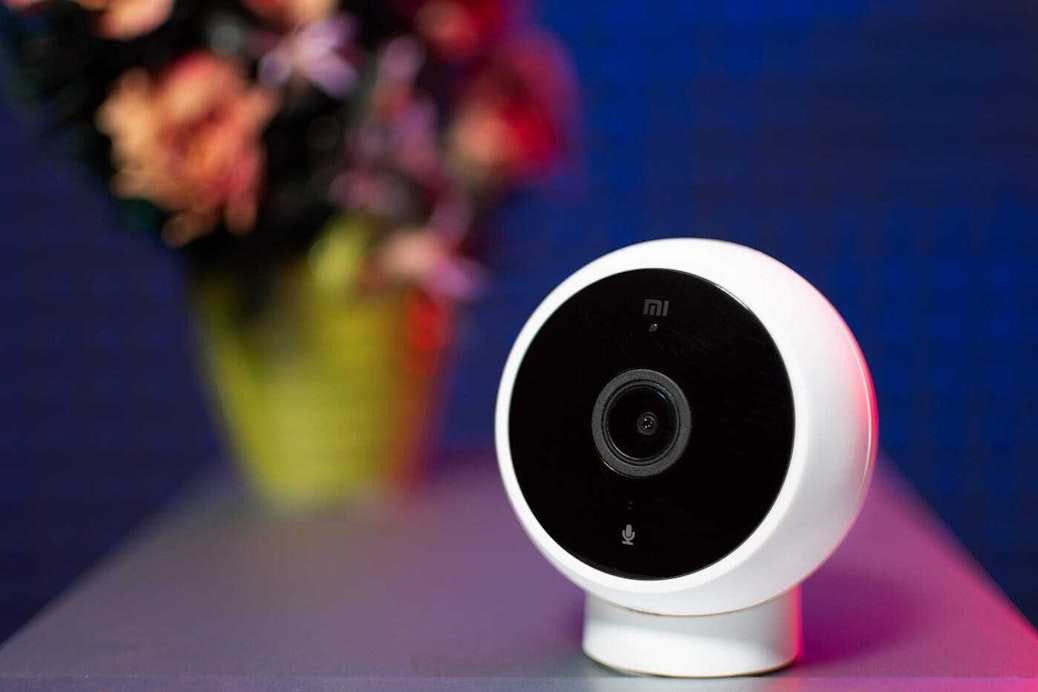
The Consumer Goods industry is constantly changing. However, many brands are failing to make the most of their business model and diminishing margins are ensuing. The reason? They are struggling to understand the immense importance of tracking the Lifetime Value (LTV) of a customer, also referred to as Customer Lifetime Value (CLV).
The Lifetime Value (LTV) metric represents the total customer profitability over time — a projection of what they will spend on your products or services from your relationship. LTV is an extremely important metric to understand. Firstly, it helps you determine how much money you can invest to acquire new customers and retain existing relationships. In other words, LTV can be chalked up to a dollar amount that helps gauge the opportunity of profit or loss to maintain a customer relationship. This differs from the customer loyalty metric Net Promoter Score® (NPS®) or Segmented Net Promoter Score (NPS) for customer product satisfaction.
The Importance of Customer Acquisition Cost (CAC) vs. Lifetime Value (LTV) for Consumer Electronics Brands
Why is measuring LTV for consumer electronics important? To answer this question and get a more holistic view, you first have to look at your Customer Acquisition Cost (CAC). This metric refers to the actual cost associated with persuading a customer to purchase your product or service. Keep in mind that retaining customers is significantly cheaper than trying to acquire new customers. Just a 5% increase in customer retention can improve profits between 25% — 95%, now that’s some positive ROI! In other words, loyal customers can grow your business far faster than marketing and sales efforts. That’s where LTV comes in.
Many consumer electronics brands have only been measuring one point of sale. Today, that’s no longer the case! That has been completely challenged with the advent of the Internet of Things (IoT) for consumer electronics. This revolution of connected products has created a solution for the historically one-time transaction business.

There are several ways your marketing efforts can be geared toward increasing the LTV of your customers. For instance, selling product accessories, subscriptions, Refer a Friend (RAF) or even other products of yours, offer more than one way for customers to purchase from you over their lifetime. The customer LTV was created to address more than one purchase and provide a more comprehensive understanding of what CAC means for your business.
Smart consumer electronics have enabled multiple ways of possible revenue. The truth is, many companies are leaving money on the table because they haven’t been measuring customer LTV. It’s time to flip that one-transaction business model on its head. The more you get to understand your customer experience (CX) and measure their feedback at every key touchpoint, you can see what’s driving LTV. Keeping an eye on customer LTV can give you a sense of what is causing customer purchases, loyalty, and which marketing efforts are having a positive contribution to the bottom line.
Data is great, but it’s what you do with it that really counts. The LTV will provide the ingredients for developing the right strategies to improve CAC, customer retention, and sustain profit margins.
How Can I Calculate my product’s LTV?
Most Customer Experience platforms have a LTV score built in. Manual calculation requires several pieces of information to gain a fully accurate picture. As a result, this exercise might get complicated and needs data that may not be readily available. So the formulas we have listed below are a simplified version of the entire model that would require the net contribution of a device sold (price less variable costs) with all other parameters that can be easily extracted from a customer experience platform or database of user information.
Every consumer electronics product has the initial purchase, but as mentioned above, there are other channels of customer revenue. Every product, even if there aren’t any recurring payments, accessories or line of product sales — can still deploy a RAF Program (Refer a Friend). The formulas presented below start with this simple scenario and add other revenue streams incrementally.
LTV = Initial Purchase Contribution
LTV = IPC
With refer a friend program:
LTV = Initial Contribution + Recurring contribution from Referees
LTV = IPC + IPC * RAF(m) * LT
Up Sell — For companies with a recurring revenue stream such as replenishment and/or accessory sales, basic LTV will be:
LTV = Initial Contribution + Recurring Profit
LTV = IPC + RRC(m) * LT
With refer a friend program:
LTV = Initial Contribution + Initial Contribution from Referees + Recurring Contribution + Recurring Contribution from Referees
LTV = IPC + LT * ( RRC(m) + RAF(m) * ( IPC + RRC(m) ))
Legend:
IPC — Initial Purchase Contribution
RRC(m) — Recurring Revenue contribution, monthly
LT — Lifetime (months)
RAF(m) — Refer a Friend Rate, how many users on average an active user brings in a month
It’s important to note that this type of LTV model can be used for the calculator above, but cannot take into the account of dividing overall revenue by the number of products sold.
What Your Competitors Don’t Want You to Know About LTV
We are seeing a shift from measuring a one-time transaction to an LTV model. As more and more consumer electronics brands experience diminishing margins, the more they see a huge opportunity to sell to existing customers to increase LTV. For instance, Polaroid is not just selling smart cameras, they are selling proprietary printing paper, Apple offers cloud services, and Ring security cameras have a subscription based model and accessories in addition to their cameras.
Another way to increase customer LTV and customer loyalty is to offer trade-in programs. Every Product has a known average lifespan. If you know that your product is good for about 3 years, you could automatically reach out to customers who are still using your product regularly after 2.5 years, and offer them a coupon for that next purchase or encourage them to take advantage of a trade-in program. Get inspiration from the Amazon Trade-In Program.
Taking it to the next Stage
The real fun begins once you have enough data to start breaking down the LTV to gain insight as to which types of users are spending the most, and how they found out about your product. For example, if you find out that a specific Facebook campaign is yielding high LTV customers, you might want to double down on this campaign. On the other hand, if a specific retail chain produces low LTV customers, you might want to rethink the wholesale pricing or types of packages for this chain.
The Takeaway
There are plenty of platforms that can help you calculate LTV and create successful customer engagement campaigns. At the end of the day, the consumer electronics companies that can quickly adapt their business model to incorporate customer Lifetime Value into their arsenal of key metrics will gain a dramatic competitive advantage, and will have a higher chance of profitability amongst an industry experiencing ever-diminishing margins.
Measuring LTV is important, but it’s just one aspect of understanding the relationship between you and your customers. To truly improve LTV and the overall customer experience with your brand, you will need the right tools for the job which will be critical to your success and the innovation of your products and services.





